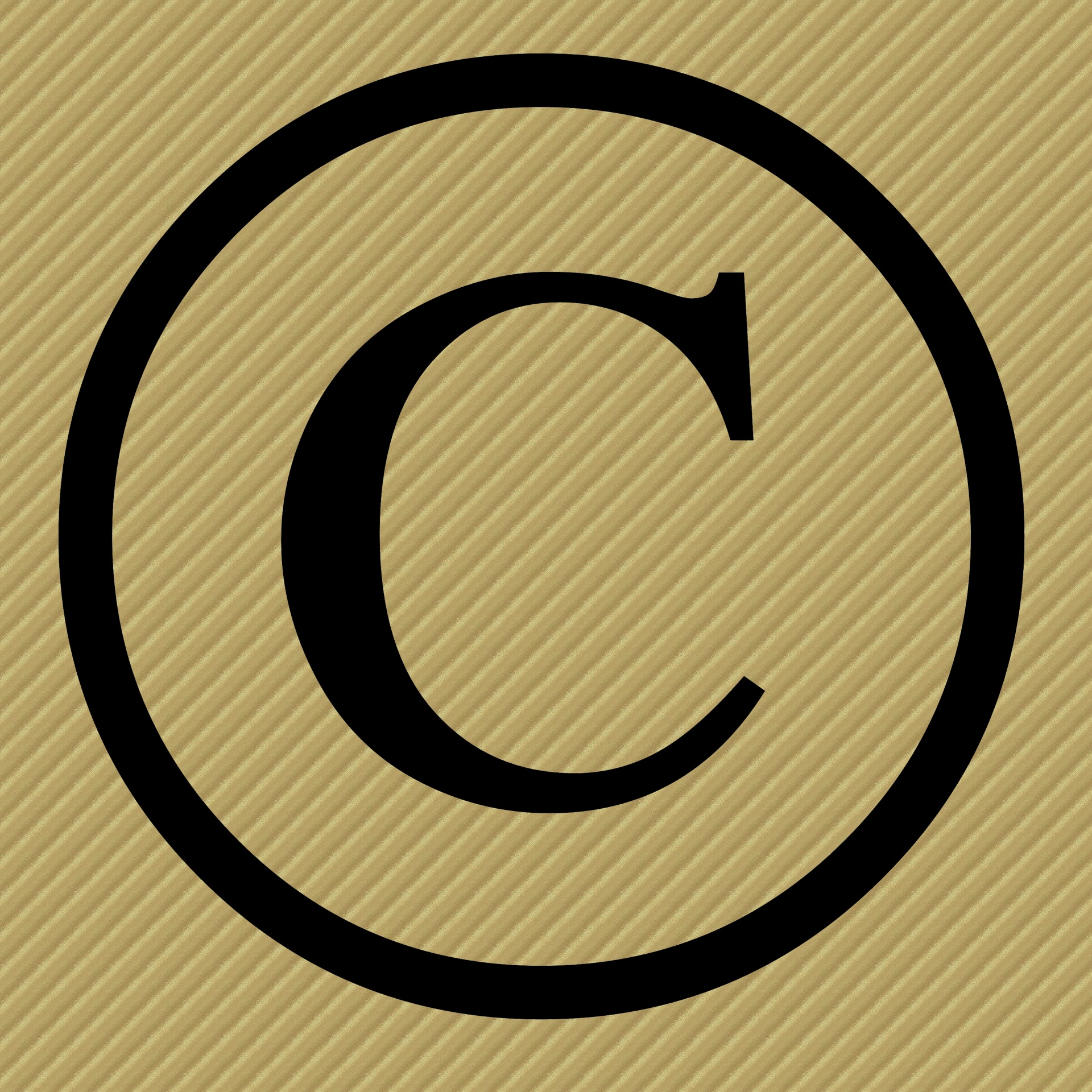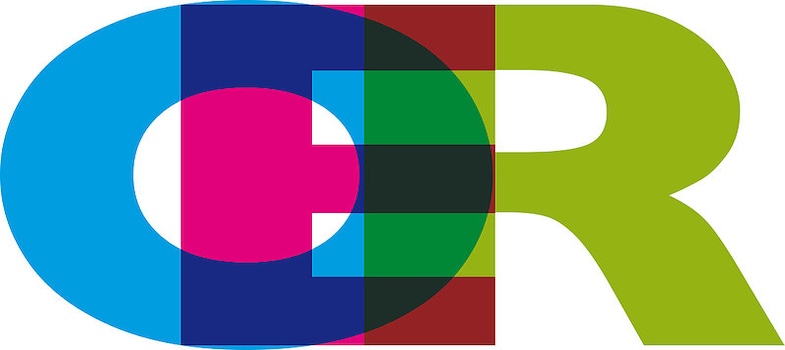3.1 Creative Commons Licencing
When searching for images, videos, or other resources to use in your work, such as presentations, do you check for licences attached to those resources? Do you acknowledge the creator if you use those resources in your work? How do you protect the resources that you share online with others?
Traditional copyright licences

Copyright Symbol by Piotr Siedlecki is licensed under CC0.
One solution is to use a traditional copyright licence, indicated by the symbol ©. You're likely to have seen this symbol used for many different types of work, including books, television programmes, films, photos and educational materials.
You may be able to use works published under traditional copyright if you gain written permission from the creator or publisher, often involving your paying a fee. Or, you may be prevented from using that work, with a hefty fine payable if you do so.
Traditional copyright laws vary from country to country, as each nation defines its regulations governing intellectual property. The copyright licence attached to any work typically expires between 50 to 100 years after the creator's death, at which point the work enters the public domain, meaning that it’s available for anyone to use. (This can also vary by country, however.)
Open/digital licensing
Digital licensing is much more flexible as it can extend beyond country-based laws through the use of a licensing system that covers the use of a work by anyone in the world. The Creative Commons system is perhaps the most widely used digital licensing system globally, comprising a series of 'open' licences. According to UNESCO (2019), an open licence refers to 'a licence that respects the intellectual property rights of the copyright owner and provides permissions granting the public the rights to access, re-use, re-purpose, adapt and redistribute educational materials'. Using an open licence doesn't mean you're giving away the rights to your work. It means you're making it clear how that work can be used.
Creative Commons licences, indicated by the ![]() symbol, allow individuals and institutions to grant the public permission to use their creative work in certain ways, at no cost.
symbol, allow individuals and institutions to grant the public permission to use their creative work in certain ways, at no cost.
When creating any resource, whether from scratch or by adapting available OER, it is necessary to cite the Creative Commons licence before declaring that resource as an OER. Creative Commons provides the licences for rights owners to use but it does not give permissions on behalf of rights owners to use their work.
The image below shows the Creative Commons ![]() symbol being used on the front cover of an openly licenced book, along with further information about the licence being used.
symbol being used on the front cover of an openly licenced book, along with further information about the licence being used.

Screenshot of the book titled 'Models, theories and frameworks for sustainable educational and social practices using radical approaches' by Dr. Munir Moosa
Look out for the Creative Commons![]() symbol any time you're searching for images, articles, textbooks, videos, audio files and other resources.
symbol any time you're searching for images, articles, textbooks, videos, audio files and other resources.
Next you'll learn about the different types of Creative Commons licences that can be used.
